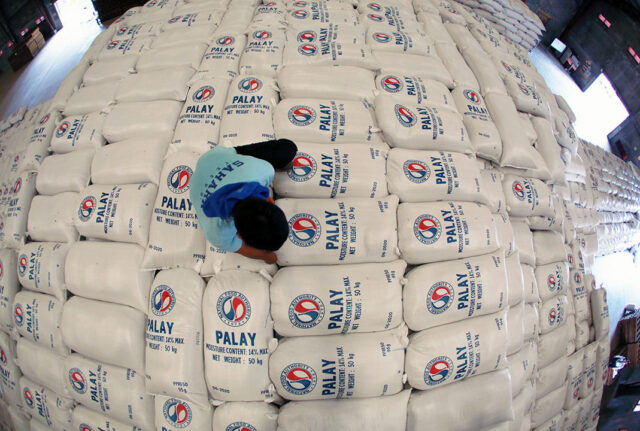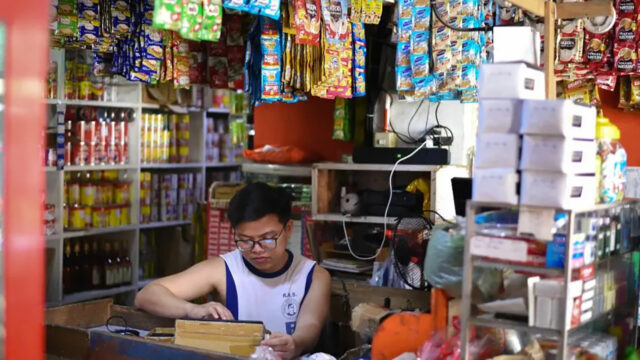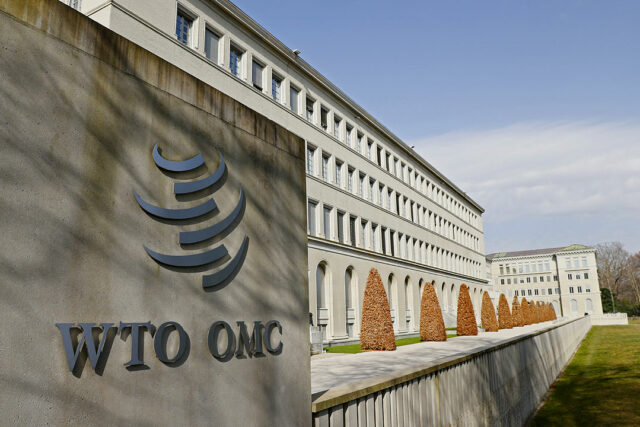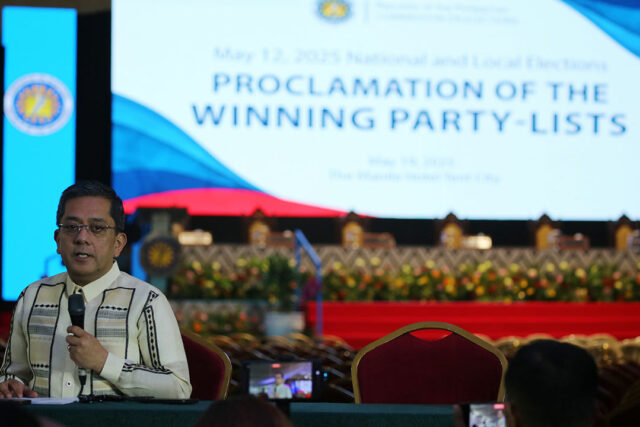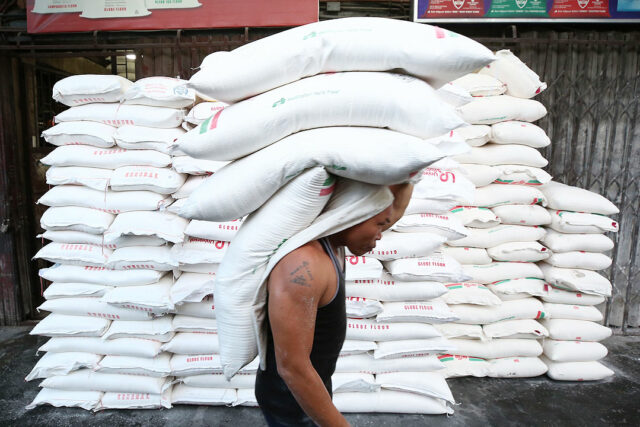On May 8, the BIR issued Revenue Memorandum Circular (RMC) No. 47-2025 clarifying some issues regarding the value-added tax (VAT) on digital services imposed by Republic Act No. 12023.
Earlier, the BIR issued Revenue Regulations No. 03-2025, which left taxpayers with a lot of questions on how the new tax will be imposed, collected, reported, and paid. Thankfully, the BIR issued the RMC to answer some questions raised by the taxpayers. Here are some clarifications made by the RMC.
REGISTERED NRDSPs NEED TO FILE A VAT RETURN
Under the law, for B2B transactions with non-resident digital services providers (NRDSPs), the Philippine business entity is required to withhold and remit the tax to the BIR. It gave the impression that if the NRDSP had purely B2B transactions, it had no reporting requirement. The RMC, however, clarified that even if the NRDSP transaction is purely B2B, the NRDSP is still required to file tax returns and report their B2B transactions to the BIR. Hence, all NRDSPs, regardless of the type of transaction, are required to file the VAT return.
The RMC did not specifically state the frequency and deadline for filing the return. However, in the illustrations, the RMC indicated that NRDSP are to file the Quarterly VAT Form 2550-DS through the VDS Portal. This suggests that the general deadline for filing the quarterly VAT return applies, which is not later than the 25th day following the close of each taxable quarter.
TRANSACTIONS WITH NON-RESIDENT E-MARKETPLACE
The RMC clarified that transactions with nonresident e-marketplaces will follow the general rule. Hence, B2B transactions are also subject to withholding VAT. The Philippine registered business will remit the withheld VAT using BIR Form 1600-VT on the 10th day of the following month.
For B2C transactions, no withholding is required. The non-resident e-marketplace will receive the contract price with the 12% VAT. The VAT will be reported and remitted to the BIR using VAT Form 2550-DS through the VDS Portal.
It was also clarified that e-marketplaces will be subject to VAT only if they have control of the payment. If the sale through the non-resident e-marketplace is paid directly to the account of the non-resident digital service provider, the e-marketplace is not liable to pay VAT. However, the service fee charged by the e-marketplace to the Philippine buyer, if any, is subject to VAT.
INVOICING REQUIREMENTS
The RMC reiterated that there is no prescribed form for the invoice issued by the NRDSP. However, it must contain all the mandatory information (date of transaction, transaction reference number, tax identification number (TIN) of the buyer in a B2B transaction, description of the transaction, and total amount with an indication that such amount includes VAT). The sample invoice showed that VAT is separately indicated. However, if the NRDSP is unable to include the VAT amount on the invoice and the transaction is B2B, it must include a footnote indicating that the Philippine business buyer is responsible for accounting and remitting the 12% VAT.
NO REFUND
If the transaction was initially treated as B2C and later on discovered to be B2B, which resulted in double payment of the VAT to the BIR, the remittance made by the NRDSP for the erroneously paid VAT cannot be refunded. The NRDSP may amend the previously filed BIR Form 2550-DS and reflect the overpayment, which may be carried over to the succeeding quarter/s.
VERIFICATION OF BUYER STATUS
The VAT rules require the NRDSP to verify the status of the buyer to properly classify whether the transaction is B2B or B2C. The RMC states that in addition to requiring the buyer’s TIN, the NRDSP can provide a questionnaire or a tick box on its website for the buyers to confirm whether they are engaged in business or not. The NRDSP may also request a copy of the business registration document, such as the BIR Certificate of Registration (CoR).
COST SHARING AMONG GROUPS
Cost-sharing agreements are a common practice of multinational groups to ensure efficiency and cost savings. If the shared cost for digital services is consumed by a Philippine subsidiary, such service is also subject to VAT even if the payment is through a cost-sharing agreement. The Philippine subsidiary will be responsible for withholding and remitting the VAT as a B2B transaction.
The RMC, however, did not clarify who will be considered the provider of the digital service in this case. The Philippine subsidiary will be directly paying its foreign affiliate, who will later on pay the digital service company. In this case, the BIR should clarify if the Philippine subsidiary will record the transaction as a transaction with its foreign affiliate or with the foreign digital service company. The clarification is crucial, as it will also identify who will be the entity required to register as the NRDSP.
ADVANCE PAYMENTS
The VAT on NRDSPs will start on June 2. If the contract for 2025 was already paid before June 2 without VAT, the NRDSP is still liable for VAT on the portion of the services from June 2 onwards. In this case, the NRDSP must pay and remit the VAT since the buyer is no longer in control of the payment. For affected NRDSPs, this may affect their margin, as the original transaction did not account for the 12% VAT and there may be no possibility of collecting the VAT from the customer.
ADDITIONAL POINT FOR CLARIFICATION
In RR 03-2025, the BIR laid down the rules for converting forex transactions to pesos. It also stated that all electronic payments and remittances of Philippine taxes are to be in pesos. In such case, NRDSPs need to maintain a peso bank account to be able to make such payments. Hence, there is a need to clarify whether banks will allow the opening of peso bank accounts to allow the NRDSP to be able to settle the taxes.
The clarifications provided by the RMC are indeed much needed. As this is the first time that the Philippines will impose VAT on nonresident digital services providers, implementation issues are expected. Taxpayers are expected to have lots of questions given the permutations of business models adopted by NRDSPs, which may not be easily identifiable in the various scenarios covered by the BIR. Fortunately, the BIR has addressed a lot of those issues in the RMC. Constant coordination between the BIR and the taxpayers will ease the implementation as we near the June 2 start date. And for those affected, it will be all systems go whether they are ready or not.
Let’s Talk Tax is a weekly newspaper column of P&A Grant Thornton that aims to keep the public informed of various developments in taxation. This article is not intended to be a substitute for competent professional advice.
Eleanor Lucas Roque is a principal of the Tax Advisory & Compliance division of P&A Grant Thornton, the Philippine member firm of Grant Thornton International Ltd.
business.development@ph.gt.com




